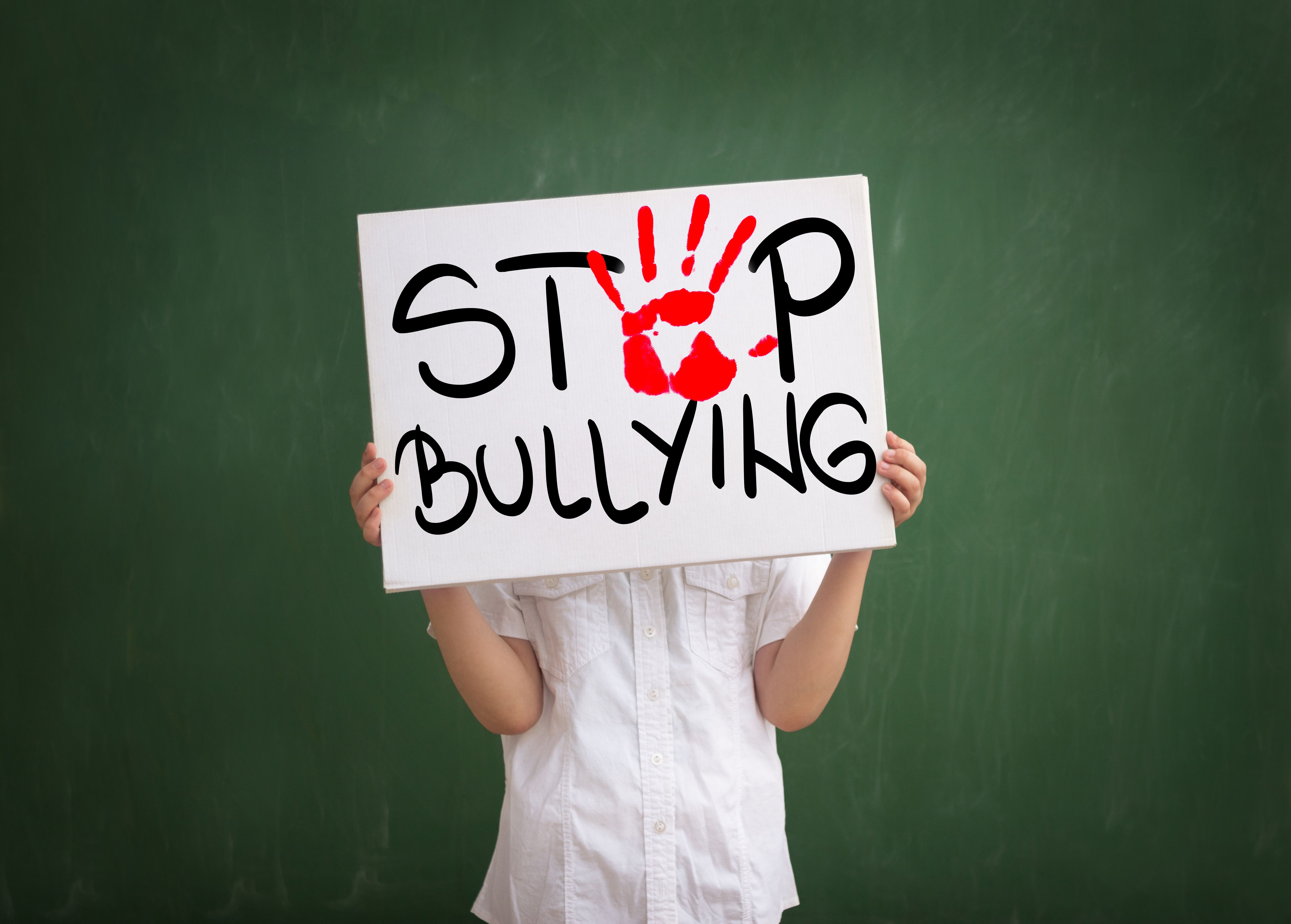Breaking the Silence: Addressing Bullying and the Bystander Effect
JT
Understanding Bullying and Its Impact
Bullying is a pervasive issue that affects individuals in various environments, from schools to workplaces. It manifests as repeated aggressive behaviour intended to hurt or dominate another person. The impact of bullying can be long-lasting, leading to emotional distress, decreased academic or work performance, and even mental health issues. Addressing bullying is crucial not only for the victims but also for creating a healthier community environment.
The consequences of bullying are not limited to immediate harm; they can include anxiety, depression, and a sense of isolation. For this reason, it's vital to break the silence and bring these issues to the forefront. By understanding the dynamics of bullying, individuals and communities can take proactive measures in addressing and preventing it.

The Role of Bystanders
Bystanders play a critical role in the dynamics of bullying. Often, people who witness bullying feel uncomfortable but don't intervene due to fear or uncertainty. This phenomenon is known as the "bystander effect," where individuals are less likely to help a victim when others are present. The presence of more people can lead to a diffusion of responsibility, making it less likely that any single person will take action.
It’s essential to empower bystanders to become allies rather than passive observers. When bystanders choose to act, they can stop bullying and support the victim, potentially changing the situation entirely. Schools and organizations can implement programs that educate individuals on how to safely intervene and offer support.

Strategies to Combat Bullying
Creating a culture that does not tolerate bullying requires a multifaceted approach. Here are some strategies that can be adopted:
- Promote awareness and open communication about bullying and its effects.
- Implement educational programs that teach empathy and conflict resolution.
- Encourage reporting by providing anonymous channels for victims and witnesses.
- Create clear policies and consequences for bullying behavior.
These strategies require collective effort from educators, parents, and community leaders. By fostering an environment where everyone feels responsible for addressing bullying, significant changes can be achieved.

Empowering Victims and Allies
Empowering victims of bullying involves building their confidence and ensuring they have access to necessary support systems. Educational institutions and workplaces can play a vital role by offering counseling services and support groups. Providing resources that help victims understand that they are not alone is crucial for their recovery.
Allies, on the other hand, should be equipped with the tools to support victims effectively. Training sessions on recognizing signs of bullying and appropriate intervention methods can be beneficial. By empowering both victims and allies, we can create a supportive community that actively combats bullying.
Looking Towards a Bully-Free Future
Addressing bullying requires a commitment from all members of society. By breaking the silence and tackling the bystander effect, we can create an environment where everyone feels safe and respected. Efforts must continue to evolve with ongoing education, awareness campaigns, and policy development.
A bully-free future is achievable if we all take responsibility for our actions and those around us. Let us work together to build communities where kindness prevails over intimidation, ensuring a brighter future for everyone.
